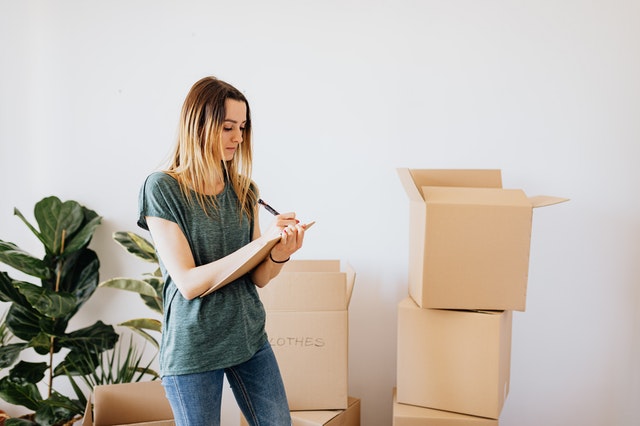
The Property Investment Professionals of Australia (PIPA) urges the incoming Labor Government to put the rental property crisis as one of its priorities to continue to encourage further activity from investors.
PIPA chairperson Nicola McDougall said the supply of rental homes are at anaemic levels across Australia, a situation that could further worsen due to softer market conditions and the upswing in interest rates.
“Investors have been mostly missing from the property market since well before the last Federal Election, predominantly due to nationwide investment lending restrictions, but also because of the political posturing on negative gearing during the last election campaign,” she said.
“Investor activity only returned to historical averages in March this year, which means they have not been significantly adding to rental supply for the best part of five years.”
SQM Research’s latest report showed that there were a little under 40,000 vacant rental properties in Australia in April, putting the vacancy rate at 1.1%.
While this is an improvement from the previous month, SQM Research managing director Louis Christopher said property owners are responding to the tight rental market and are looking to lease their properties once again after taking their investment property off the market during the bleakest periods of COVID.
“While it’s way too early to state the worst is over for the national rental market, we may be close to that point — clearly landlords remain confident as they lifted their asking rents by another 1.4% over the past 30 days,” he said.
Ms McDougall said it is crucial to recognize that the current vacancies and vacancy rates are significantly lower than during the pre-pandemic. For instance, vacancies were roughly 75,000 in May 2019, with the vacancy rate hitting 2.2%.
“This data shows that there are about 35,000 fewer vacant rental properties now than there was three years ago, which clearly highlights the current rental crisis,” she said.
“The commonly accepted equilibrium point of a balanced rental market is a vacancy rate of 3%, with many markets around the nation recording rates of below even 1%.”
Ms McDougall said the Labor Government’s plan to build 6,000 social and affordable properties annually might also be not enough to satiate the demand for housing.
“With overseas migration set to soar over coming years, where are these new Aussies going to live if we don’t even have enough rental properties to house our current population?” she said.
“A system needs to be developed to encourage the private and public sectors to work collaboratively together to increase rental supply and to improve rental affordability for tenants.”
Ms McDougall said it is important for the government to see investors as partners in providing rental housing for millions of Australians.
“Indeed, it an uncomfortable truth for some that the present rental crisis is predominantly a result of investor inactivity over recent years, which is hardly a sign of ‘greed’ when markets have been booming like never before,” she said.
Labor’s housing plans
Aside from its headline program Help to Buy scheme, the Labor Government aims to set up a National Housing Supply and Affordability Council, which will be advised by experts from a diverse range of relevant fields including finance, economics, urban development, residential construction, urban planning, and social housing sectors.
According to the Labor Party, the council will be tasked to:
- Set targets for land supply in consultation with State and Territory Governments.
- Collect and make public on a regular basis nationally consistent data on housing supply, demand and affordability. This includes the volume and price of land, material costs, availability of labour, training schemes, enabling infrastructure and time taken to navigate planning and development processes.
- Advise on ways to improve land use planning and land supply which will boost national productivity and improve housing affordability.
- Report on the release of government owned land.
- Report on rental affordability and homelessness.
- Report on the number of new social and affordable homes being built annually and advise on ways to boost the construction of social and affordable housing.
- Advise on appropriate housing measures to be included in all current and future City and Regional Deals.
Alongside the creation of the council, the Labor Government also plans to develop a National Housing and Homelessness Plan in coordination with key stakeholders, including the state and territory governments, non-profit organisations, civil society organisations, industry bodies, superannuation funds, and other experts.
The National Housing and Homelessness Plan will set out the key reforms needed to make it easier for Australians to buy or rent a home.
—
Photo by @karolina-grabowska on Pexels